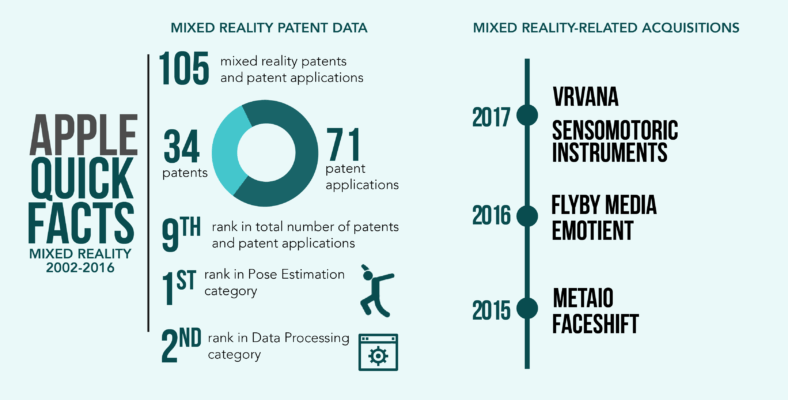This article is the last installment in a three-part series that provides some useful tips for performing prior art searches. If you missed the first two parts of this series, please check Parts 1 and 2.
-
- Watch out for Technical Terms or Phrases That Look Like Ordinary Words or Phrases.
In many cases, you may come across a word or phrase in a patent claim at issue that looks like an ordinary or everyday word or phrase. For example, most people would probably think that the meaning of the phrase “object detection” or “object identification” is pretty obvious. But when the patent is directed to certain technology areas, such as image processing and computer vision, the meaning of those seemingly-ordinary terms can assume a very specific, highly technical, mathematical, or abstract meaning. Knowing this would help a prior art researcher determine whether a reference found from a search is in the same or similar field of invention as that of the patent at issue, and thus allow the researcher to more quickly uncover references that are more directly relevant to the claimed invention.
- A Trip to Your Neighborhood Library Might Just Be the Break You Need.
Sometimes we forget that there still exists an old world outside of the Internet that only relatively few analog-inclined citizens still venture into, where information has been inputted and stored using the ancient art of printing text and drawings on wood-based materials using organic dyes. Thus, if digital prior art can’t be found, print magazines, books, trade publications, old journals, newspapers, etc. shouldn’t be ignored, even if they’re already yellowed from old age and wrinkled from repeated use. For sure, it’s a pain to search print materials because one actually has to manually scan the entire print documents to find relevant disclosures. But when one has nothing else, reading text the old-fashioned way may turn out to me the path towards the prize one seeks, in addition to perhaps allowing one to rediscover the benefits of reading for knowledge and pleasure.
- Don’t Ignore the References Cited on the Patent Itself.
As mentioned earlier, some patents can include as many as 15 pages or more of cited references. That is not to say that the at least one inventor or the person that prepared the list of cited references has read every single one of those references. In some cases, it’s possible that some of the cited references included with the patent application documents were merely cited, but not reviewed by the applicant or inventor, in one of the references that the inventor or patent drafter actually reviewed and considered relevant or material to the patentability of the claimed invention.
Also, simply because the references were submitted to the patent office as part of the filed patent application documents doesn’t mean that those submitted references do not contain any disclosure, teaching, or suggestion that could invalidate one or more claims of the patent at issue. (In fact, patent applicants are required to submit to the US Patent Office any information or reference that the applicant is aware of that is considered material to the patentability of the claimed invention.) Nor does the grant of the patent that lists all those cited references imply that the examiner has thoroughly examined every one of those references and failed to find any relevant disclosures, teachings, or suggestions that relate to the claimed invention. To require examiners to perform that level of examination within a limited time, for every single patent application, wouldn’t be feasible and would be too burdensome based alone on the number of patent applications that examiners must regularly review.
It’s certainly very time consuming and labor-intensive to have to go through 15 pages or more of those references listed on the patent at issue one at a time. But one can make the review of those references somewhat less burdensome by adopting some type of search strategy rather than relying on a brute-force approach to the search. For example, one may initially focus only on those references that include at least one author (assuming the citation listed the authors) who is also the inventor or one of the inventors listed on the patent at issue. Another strategy may be to focus on references with titles that specifically suggest or relate to the inventive concept corresponding to the one or more claims of the patent at issue.
Thus, when one believes he or she has pretty much exhausted all possible databases and other prior art sources, it might be worth a try to redirect one’s attention to those references already listed on the patent at issue.






